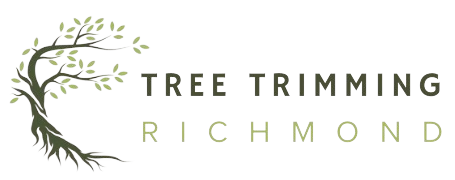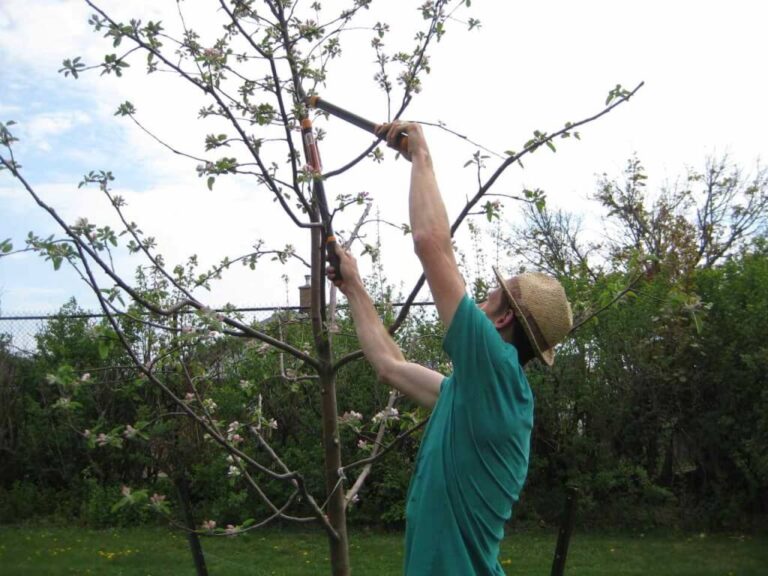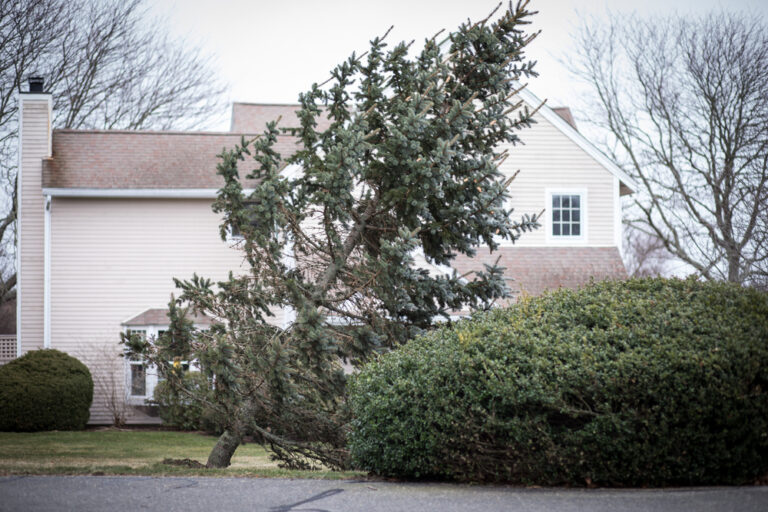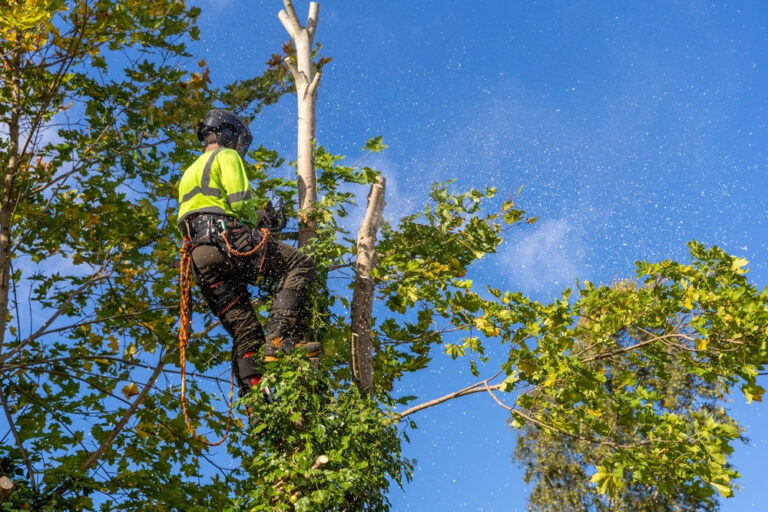Step-by-Step Guide to Trimming Small Trees
Though it seems like a large chore, trimming small trees is crucial for your trees’ beauty and general condition. Trimming your trees will help them grow stronger, look better, and remain secure whether your property is little or more expansive. This article will lead you through what you need to know to correctly trim tiny trees.
The Importance of Proper Tree Trimming
Tree trimming has numerous purposes. By cutting dead or diseased branches, trimming helps to preserve the health of the tree. Better air circulation and light penetration are other benefits for the tree’s development from which it might draw. Moreover, cutting small trees shapes them so they develop into the form you want—a well-formed beautiful tree or a rich canopy.
Trimming also has safety aspects. Regular trimming helps to avoid mishaps since branches too close to structures or electrical lines could be dangerous. Moreover, maintaining a healthy tree results in less pests and diseases since cutting off diseased areas strengthens the tree.
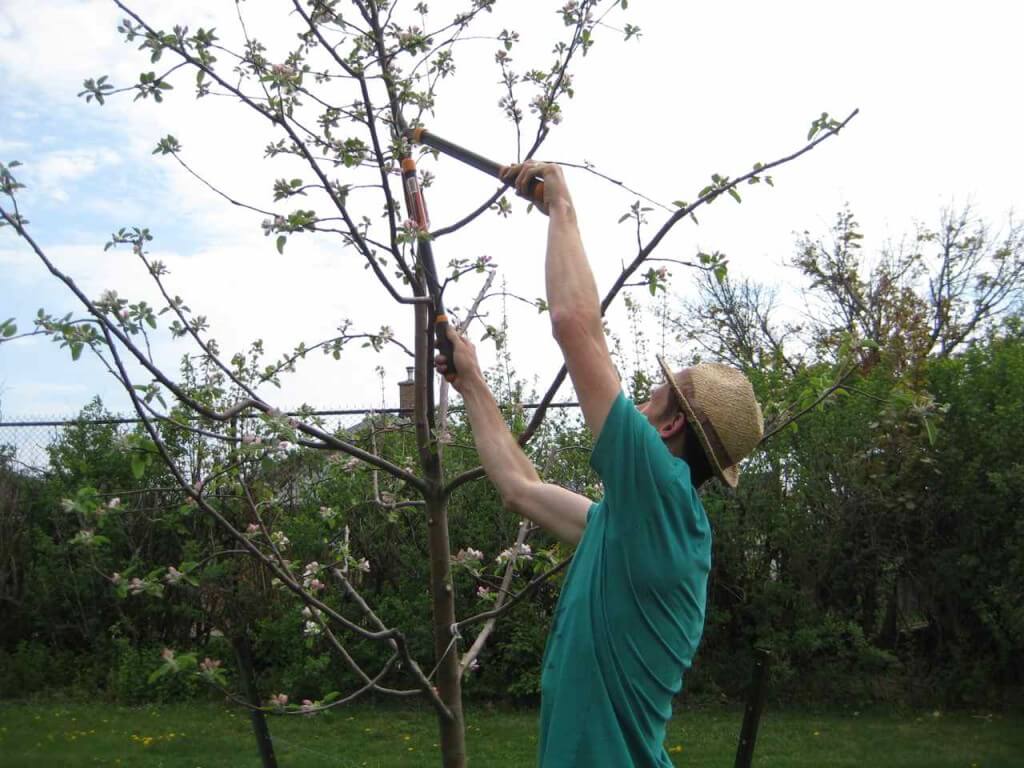
Benefits of Trimming Small Trees
- Improved Health: Eliminating dead or diseased limbs helps stop diseases from spreading.
- Better Growth: Trimming lets the tree concentrate energy on the strongest branches, therefore fostering good development.
- Enhanced Appearance: Frequent cutting keeps a tree in good, pleasing form.
- Increased Safety: Frequent cutting keeps a tree in good, pleasing form.
- Encourages Fruit or Flowering: Trimming fruit and ornamental trees can increase their output or enhance their blossom display.
Essential Tools
Get ready for trimming by first gathering the correct tools for tree trimming. Making sure you’re working safely and that your cuts are neat depend on using the right instruments. The three most crucial instruments for tiny tree trimming are these ones:
- Pruning Shears: For cutting little branches up to ¾ inch in diameter, pruning shears work rather well. Perfect for pruning and preserving tiny trees or cutting away dead leaves and twigs are they. Clean cuts made with a sharp set of pruning shears damage nothing except the tree.
- Loppers: Usually between ¾ and 1½ inches in diameter, loppers are better for cutting thicker branches since they have long handles and are bigger than pruning shears. Loppers provide higher leverage, which facilitates cutting branches just within reach but somewhat thicker.
- Handsaw: A handsaw is ideal for branches too thick for loppers or pruning scissors. It lets you cut through bigger, up to 4-inch-diameter branching. Perfect for pruning small trees, a handsaw allows you more control over the cut.
Step-by-Step Trimming Process
Small tree trimming calls both meticulous attention to detail. This is a detailed instruction to enable you to make it perfect.
1. Assess the Tree
Before you start cutting, take a good look at the tree.
- Identify Dead, Diseased, or Crossing Branches: Search for any dead, discoloured, unhealthy branches. These branches ought to be taken off since they can endanger the tree’s condition. Look also for any branches crossing each other; their rubbing together may cause damage.
- Determine the Desired Shape and Size: Consider the look you wish for your tree. Would you like it to have a more open canopy or be bushed? Choose the general form of the tree before beginning any cutting.
2. Timing is Key
Choosing the right time to trim trees is very important.
- Best Times for Trimming Different Tree Species: Different trees require different times of year trimming. Most small trees should be trimmed generally in late winter or early spring when the tree is still dormant. While ornamental trees should be clipped shortly after they blossom, fruit trees could gain from cutting in late winter and early spring.
- Avoiding Stressful Periods for the Tree: Steer clear of cutting during times of excessive heat or drought since this will tax the tree. Cutting back when the tree is not actively growing speeds up recovery.
3. Start Small
Start by trimming the smaller, weaker branches first.
- Begin with Thinning the Crown: Usually, most branches of a tree grow from the top, known as its crown. Thinning the crown encourages good development and lets sunshine reach every section of the tree. Eliminate any weak or inward-growing branches first.
- Remove Small Branches First: To develop your pruning skills, start with the little branches. First of all, cutting smaller branches teaches the technique and helps you avoid errors when working on bigger branches.
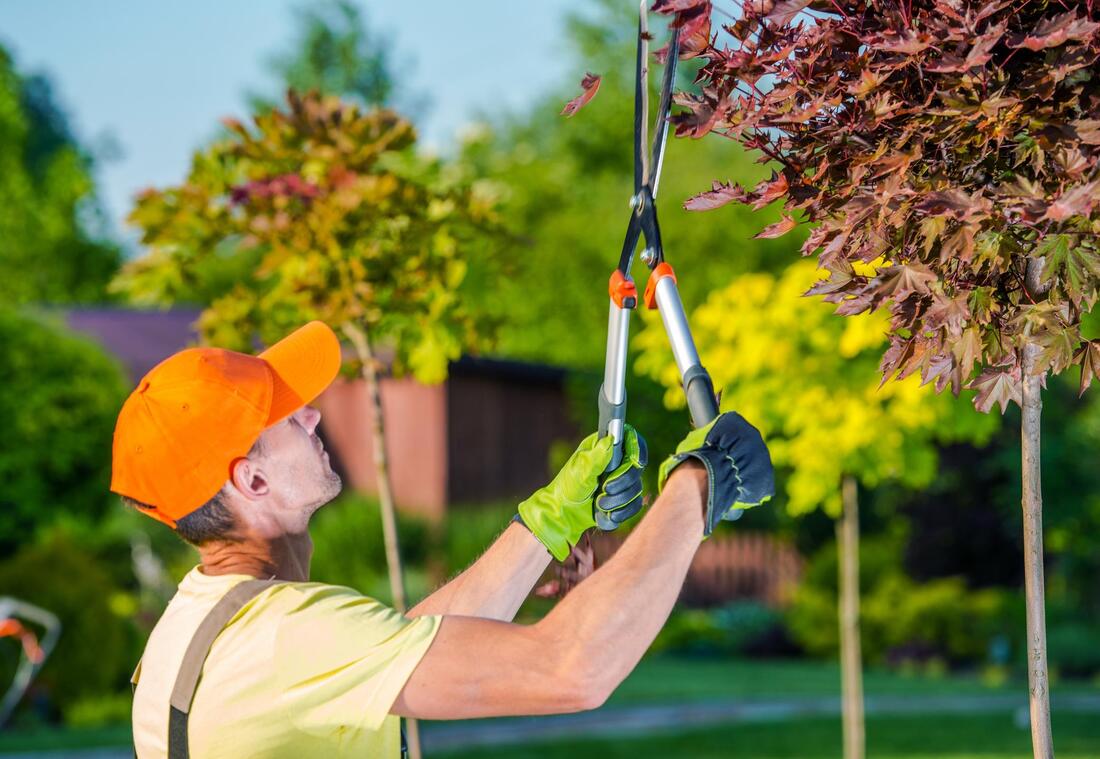
4. Making Clean Cuts
Making proper cuts is critical for the health of your tree.
- Cutting at the Branch Collar: Cut always just outside the branch collar, the little elevated area where the branch crosses the trunk. While cutting too far from the trunk can leave a stub, which could become diseased, cutting too near the trunk can damage the tree.
- Avoiding Ragged Cuts: Ragged cuts might compromise the tree and cause infection. Make always neat, smooth cuts to avoid problems.
5. Shaping the Tree
Ragged cuts might compromise the tree and cause infection. Make always neat, smooth cuts to avoid problems.
- Removing Water Sprouts and Suckers: Small, fast-growing shoots called water sprouts emerge from the base or trunk of a tree. These ought to be taken off since they neither improve the appearance nor the condition of the tree. Likewise, one might cut away suckers—growth from the roots.
- Encouraging Desired Growth Patterns: As you shape your tree, cut off branches growing in unwelcome directions. Strive for a symmetrical and balanced tree.
6. Safety First
Safety is first since tree cutting calls for sharp tools and heights of work.
- Wear Protective Gear: When cutting trees, always use robust boots, safety goggles, and gloves. A sturdy helmet could also be a good choice if you handle bigger branches.
- Use Proper Techniques to Avoid Injury: Steer clear of working directly under branches that might fall by standing on solid ground. Cut precisely, always away from your body.
Tips for Trimming Specific Tree Types
Various kinds of trees could need particular care when cutting. These guidelines apply to typical types:
- Trimming Fruit Trees: To guarantee a decent crop, fruit trees need meticulous trimming. Concentrate on cutting any dead or diseased wood, then thin the branches to let sunshine onto the fruit. Maintaining the tree’s center open will help to improve air flow.
- Trimming Ornamental Trees: Usually cut to improve their shape and look, ornamental trees Work on forming the tree, cutting any dead wood, and pushing a symmetrical appearance. Frequent tree trimming keeps them beautiful.
- Trimming Young Trees: To build a sturdy framework, young trees must be routinely trimmed. Work on cutting any weak or competing branches to enable the tree to develop straight and robust. Young trees still need to grow a strong framework, hence prune them cautiously to prevent removing too much.
Common Trimming Mistakes to Avoid
Make sure you avoid these typical errors while cutting tiny trees:
- Over-Pruning: Eliminating too many limbs could damage the tree. Trimming just what is required will help to preserve the health and form of the tree.
- Incorrect Cutting Angles: Cutting at the incorrect angle will injure the tree and complicate its healing process. Aim always for neat, angled cuts at the branch collar.
- Neglecting Safety Precautions: Never skip correct techniques or safety gear. Falling branches or tools can cause major injuries, hence always give safety top priority.
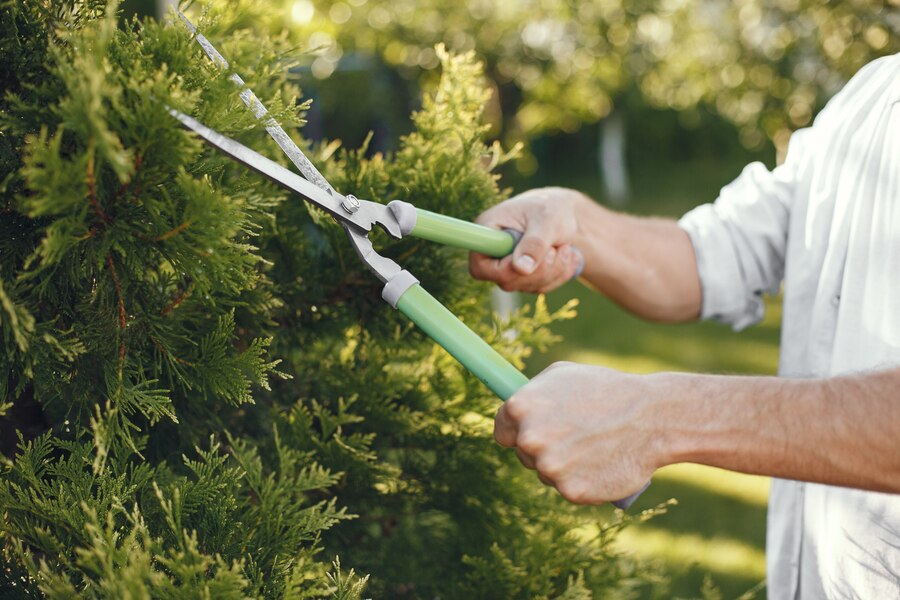
Conclusion
Maintaining healthy, attractive trees requires careful tree cutting. Frequent trimming guarantees your tree stays safe, grows strong, and looks fantastic. You will be able to confidently cut your little trees utilizing this guide and appropriate instruments. Call a professional tree trimmer if you are ever unsure about a more complex or larger project. Regular maintenance will enable your trees to flourish for many years to come.
Tree Trimming Richmond
(804) 533-3943
https://treetrimmingrichmond.com/
